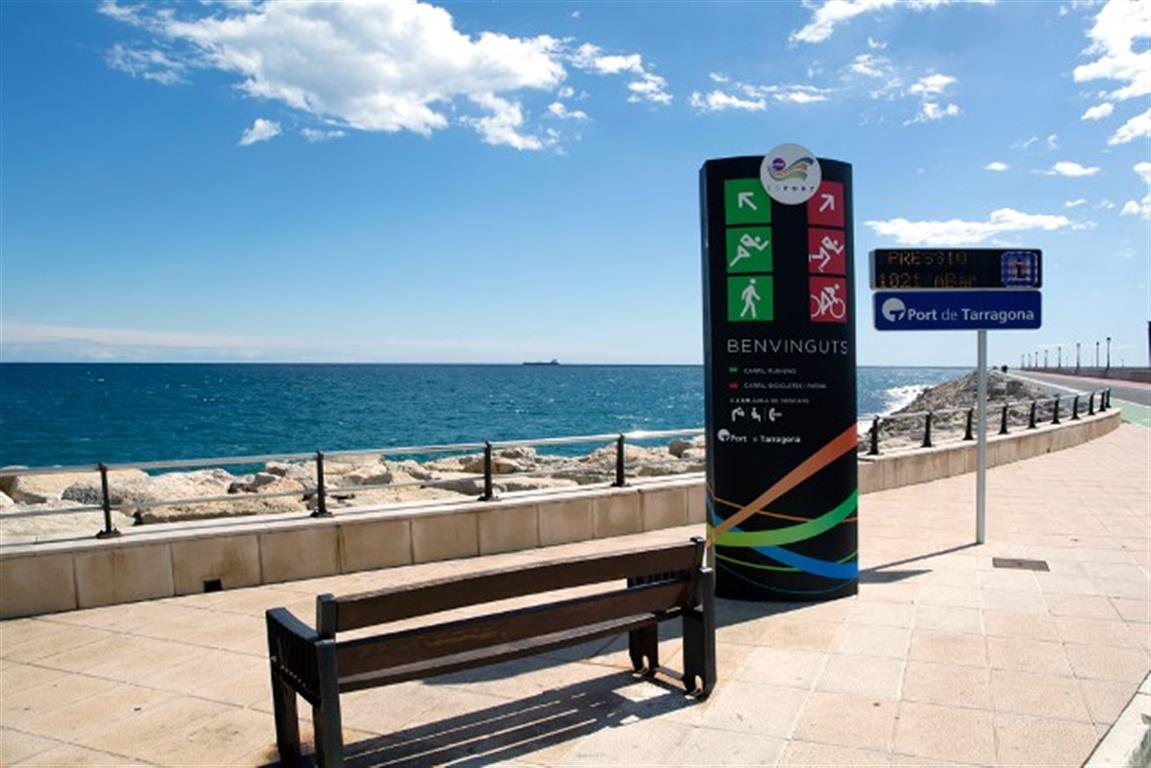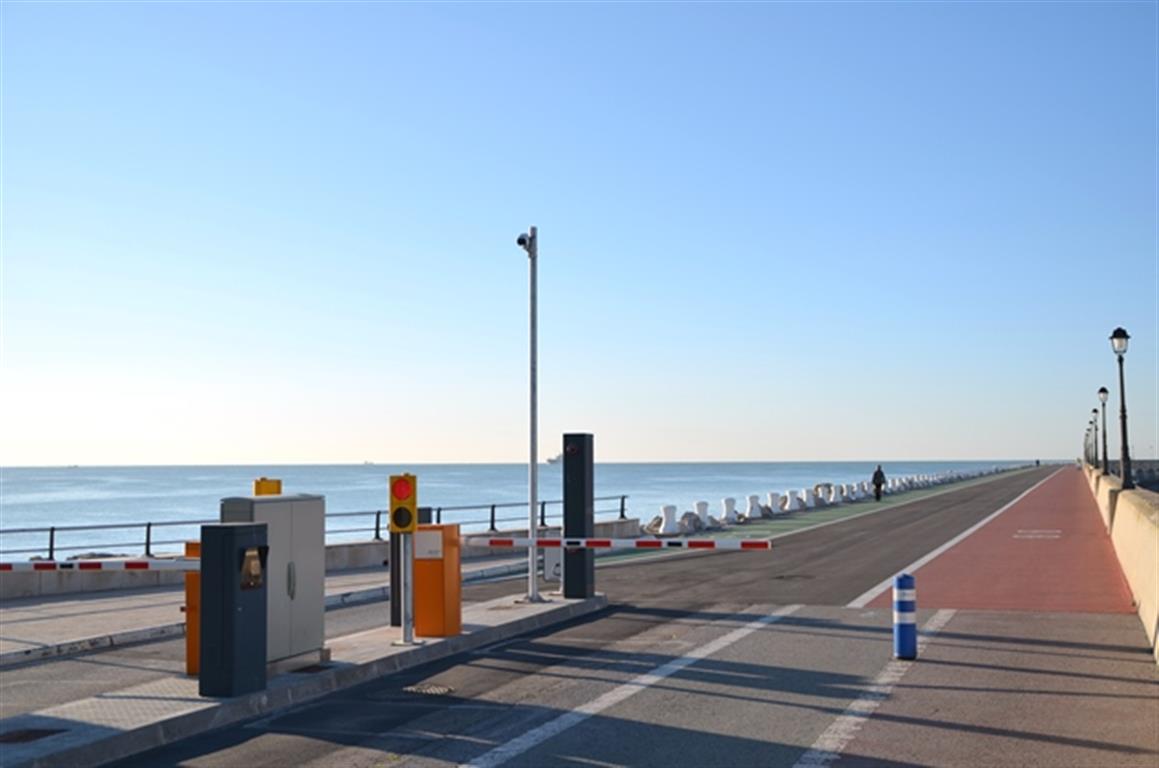
Km 0
‘Km 0’ has become a meeting point for families, athletes and all those who want to stroll along the Tarragona shoreline.
In recent years this emblematic spot in the city has undergone major changes: the distance was extended to reach a second lighthouse, and a second fountain was set up, with Km 0 being turned into a pedestrian-only area.
Integrating Port and City
![]() With the completion of the improvement works to the Llevant Sea Wall, the Port has succeeded in reorganising the public area of the Llevant Sea Wall, specifically from the first roundabout on the sea wall to the Banya lighthouse, to adapt to the new sporting uses and needs. The aim of this reorganisation is to provide the Llevant sea wall with the areas needed to make outdoor activities safe and enjoyable, as well as regenerating the road structurally.
With the completion of the improvement works to the Llevant Sea Wall, the Port has succeeded in reorganising the public area of the Llevant Sea Wall, specifically from the first roundabout on the sea wall to the Banya lighthouse, to adapt to the new sporting uses and needs. The aim of this reorganisation is to provide the Llevant sea wall with the areas needed to make outdoor activities safe and enjoyable, as well as regenerating the road structurally.




SIGNAGE WITH MILESTONES EVERY 250 METRES
SEPARATE LANES FOR CYCLISTS, SKATERS AND JOGGERS
REST AREA WITH WATER FOUNTAIN AND EMERGENCY TELEPHONE
AREA RESTRICTED FOR THE PASSAGE OF VEHICLES IN ORDER TO ENSURE THE ATHLETES’ SAFETY
* At the end of Km 0 there is adapted public service for people of reduced mobility.
El dic de Llevant, la Rambla del Port. (History of the Llevant Sea Wall, The Port Rambla)
![]() Over 200 years ago, Tarragona society, taking advantage of a period of economic boom, made a firm commitment to restoring the activity of the Port by beginning the construction of what was to become the modern port.
Over 200 years ago, Tarragona society, taking advantage of a period of economic boom, made a firm commitment to restoring the activity of the Port by beginning the construction of what was to become the modern port.
The material was transported to the jetty with carts pulled by oxen and mules; the large stones, however, were moved using the "donkey", a wooden platform that moved by sliding on rollers. Years later, it was the tram that transported large blocks from the quarry to the jetty via Plaça dels Carros.
Of particular importance in the nineteenth century was the impulse given by the engineer Saturnino Bellido, who oversaw the construction of the Moll de Costa dock as well as the extension of the Llevant sea wall, which by 1849 was already 1,064 metres long.
In the early years, this building was made of wood and could be moved according to the requirements of the growing construction; later, in the 20th century, the building that currently stands as a witness in the middle of the Moll d’Aragó dock was constructed.
In the 1980s, the iron lighthouse built between 1861 and 1864 was moved from the Banya point in the Ebro Delta to Tarragona, where it was restored, becoming a landmark within the Port.
Image gallery
Image Gallery
https://www.porttarragona.cat/en/port-city/km-0?tmpl=component&print=1#sigProIde05638d216
